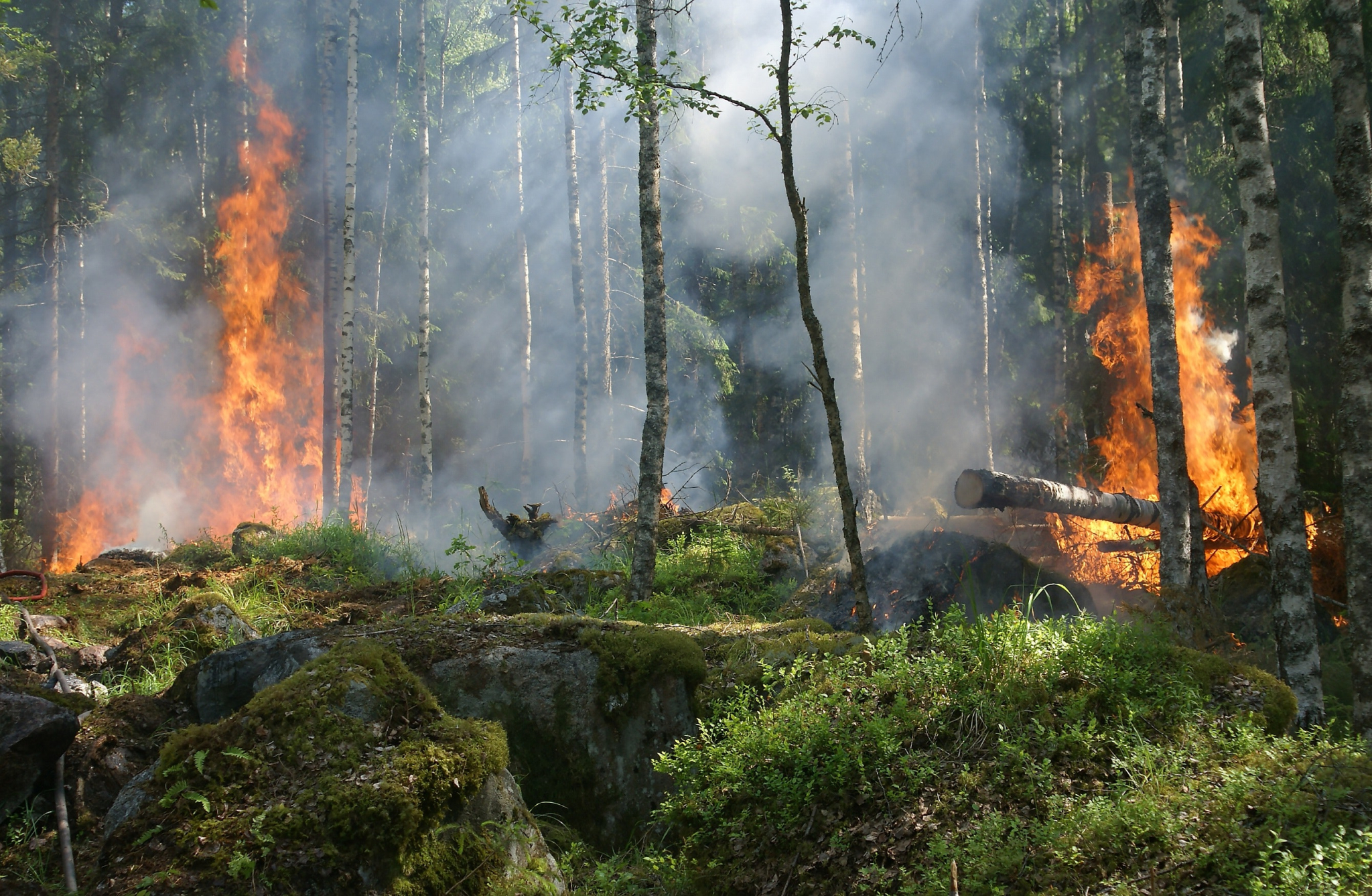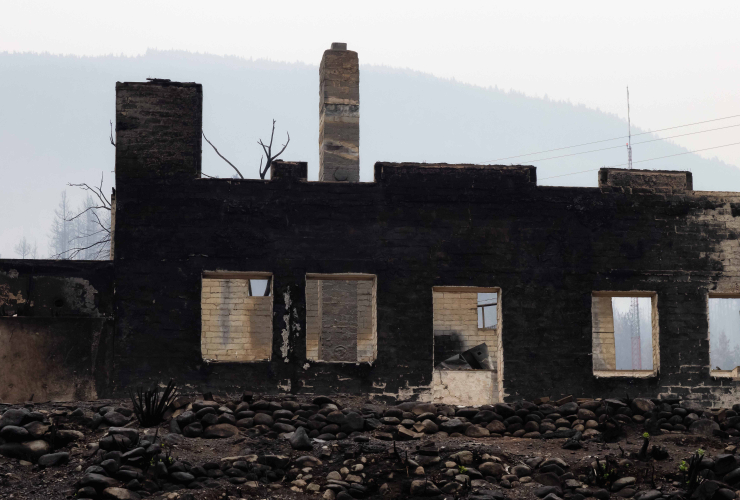Central Newfoundland is experiencing the worst wildfires the province has seen in 50 years. The provincial government declared a state of emergency in Grand Falls-Windsor, Bishop Falls, the Connaigre Peninsula, and Botwood. Water bombers have been brought in from Quebec.
On August 12 it was announced that the State of Emergency was lifted.
The largest fire has been at Paradise Lake, covering 10,337 hectares, while another on the Bay d’Espoir Highway has covered 5,727 hectares. There was fear at one point that both fires might merge. There have also been fires on Bell Island and in St. John’s.
The federal government has approved Newfoundland and Labrador’s request for assistance from Public Safety and Emergency Preparedness Canada.
The fires have not reached communities, but highways have been closed, barring residents from being able to reach their homes. It has been difficult to get supplies to some communities and concern continues over excessive smoke.
Climatologists maintain that it is difficult to attribute any single event to climate change. However, we are seeing more extreme weather events that are important indicators of climate change. Like many jurisdictions, temperatures in Newfoundland and Labrador have been trending upward and extreme weather has been more frequent.
Memorial University of Newfoundland and Labrador climatologist Joel Finnis has stated that in the last 30 years, average temperatures in the province have slowly ticked upward. In the last five years, four of those years were above normal temperatures.
Wildfires are increasingly a cost of climate change — in terms of firefighting costs, loss of community, and loss of biodiversity. After a deadly forest fire season in British Columbia in 2021, it was estimated the cost of fighting them was half a billion dollars. This outstripped B.C.’s forest fire budget of $136 million for the year.
Insurance losses in Lytton, B.C., reached over $102 million. Another $77 million in federal funding was allocated to help rebuild the town after it was destroyed by flames. The funding took 10 months to approve. However, the costs of losing one’s town extend far beyond rebuilding infrastructure as the collective trauma of the community can go on for years. Many will leave and never return.
While we’re told that fossil fuels are good for the economy and jobs, there are also very real costs to failing to act on climate change. Indeed, a recent study from the Institute for Sustainable Finance demonstrates that in present-day dollars, the costs of failing to address climate change in Canada will be $45.4 billion more than the investment to reduce greenhouse gas emissions (GHGs).
The federal government’s 2030 emissions reductions plan states that Canada is heating at twice the global average and three times as fast in the North. For example, Labrador is experiencing some of the worst impacts of climate change, including in Indigenous communities, with food shortages, infestations of insects, and making travel over ice more dangerous.
Since 1990, wildfires in Canada have consumed 2.5 million hectares a year. Every year, 7,300 wildfires occur in a country that is home to nine per cent of the world’s forests. The costs of dealing with these fires have ranged from $800 million to $1.5 billion a year.
Climate change is already here and seriously impacting the lives of Canadian citizens. It is no longer a phenomenon that is impacting the Global South alone. The European Union is also experiencing above-average wildfires.
Here in Canada, the federal government recently approved the environmental assessment of the contentious Bay du Nord offshore oil project, despite International Energy Agency warnings of the need to stop developing oil if we wish to reach net-zero by 2050.
New oil projects put the whole world at risk of missing the goal of keeping global warming to 1.5 C. At present, the world is at 1.2 C of global warming. Recent analysis has argued that the world could be headed for 3 C by 2100.
Meanwhile, oil companies are making record profits. ExxonMobil made $18 billion in profits in the past three months. Shell and Chevron each made nearly $12 billion.
While politicians are telling you oil is good for the economy and jobs, remember there are astronomical costs to continuing down this path. And some of those will not be measured in dollars and cents.
Lori Lee Oates is an instructor in the Faculty of Humanities and Social Sciences at Memorial University of Newfoundland and Labrador. She is also a member of the editorial board of the Network in Canadian History and Environment (NiCHE). Her current research explores the imperial roots of the climate crisis and the political economy of oil.






Comments